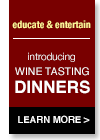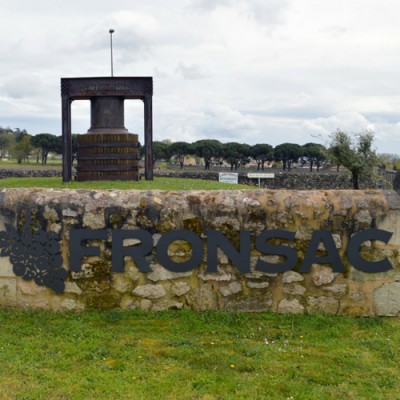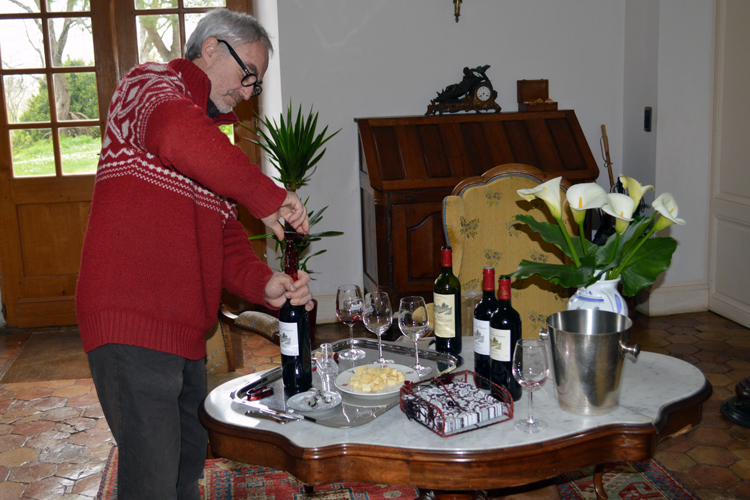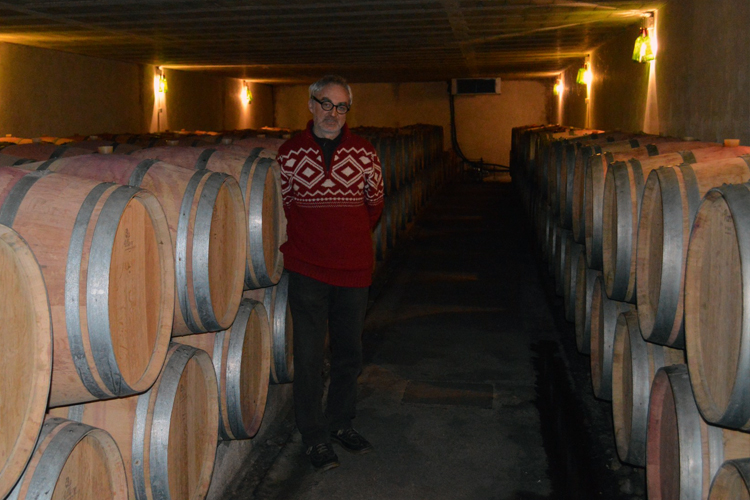I will let you in on some secrets: the hidden facts of Fronsac. Two-thirds through the bottle shared between two or three people something should start to happen. Whatever the conversation is about, it should be slightly thwarted by the wine. I kept a bottle recently for two days on the mantle of my hotel bedroom at room temperature, Chateau Aney from Cussac in the Medoc. Outstanding, a 2009 which is starting to drink very well now. I can only imagine what it will give in another couple of years. In order to find value you have to get off the beaten path, you have to find an edge. The edge comes in many guises, but once you get the slightest scent of the guise, you jump on it. I heard about Fronsac, and I decided to schlep it over the bridge on a Saturday morning. Fronsac is a small village across the river from Bordeaux heading towards Libourne. I know good wine is to be had at very affordable prices, but like I said the mountain don’t come to mama. I remember trying to find prices for currency options when I was brokering at Cantor-Fitzgerald in New York, my colleague Sean Smith would shout out, “Karl, get down the line to your guy, these prices don’t just jump out at ya” never a truer word said.
It helps that I speak French, I never really understood the value until now. What I mean is the nature of buying wine in France is all about the people. The language facility makes it a lot easier to get closer to heart of the business. By chance I found an office in Fronsac which has the sole purpose of commercializing the not so well known wines of the area. They are doing an excellent job as Fronsac is having somewhat of a deserved rennaissance. Not so well known, that’s a lie, they are well known, but they don’t have household name status like their cousins in the Medoc or Pomerol. There is certainly less snob value and for that I am eternally grateful. Fronsac was equally as salubrious an appellation as St Emillion pre phylloxera but was bypassed after the pest wreaked havoc in the late 19th century which destroyed much of the crop throughout France. I knocked on the door of this office to be answered by a painter and a very nice lady who works for the Conseil des Vins de Fronsac. They just happened to be doing some interior decorating that Saturday morning. There was a bunch of wines on the shelves, none of which I had ever seen before.
I have one wine on my list from Fronsac, La Dauphine, my first venture into the appellation. A decent wine is La Dauphine, a beautiful estate, typical right bank Bordeaux, when you see these kind of places it builds an aura around the wines. The lady knew everything there is to know about the appellation. That’s what I mean when I say the language has helped me out, this kind of information comes from the most unexpected of sources. The painter man knew all the wines and was able to describe the quality, moreover they took me for an equal as I could converse and showed an interest in what they had to say. There is something marvelously decent about the regular Francais, down to earth, funny and generous. They handpicked the estates I should visit and opened my eyes to a particular wine which has gone more or less unnoticed for so long, an appellation that is just waiting for a guy like me to come along and bring it into America for all to discover. The lady instructed me to call the office on the Monday morning so as to arrange an appointment. Too good to be true, I went on the following Monday, the representative at the Conseil des Vins de Fronsac was exceptional, I made six or so appointments and went and tasted some great wines.
One such wine was Chateau Cassagne Haut-Canon. Fronsac is for the most part Merlot. I noticed the beautiful dark color of this wine. There was a length to it, I tasted it and the temperature was perfect. By length I mean sustainability in the mouth, the pleasure factor. I think a great way to discover the length of a wine is to taste it at about nine AM before breakfast. Your senses will be unaffected and all of the flavors will do their job without hindrance, then you will understand what is and what is not. Try it. Opening the bottle was perhaps one of the greatest experiences I have had so far in the region. Jean-Jacques Dubois the owner and winemaker was treating me, he didn’t know it, but he was. A very decent man is Jean-Jacques, he asked me what I wanted to taste. He was more or less proposing whatever I wanted, 2000, 2005, 2009, 2010, 11, 12, a complete flight. I wouldn’t allow myself to open everything, I wanted to, but who am I to ask a guy to open such great bottles. He opened three, the 2005, 2009, and 2011. Wow, sheer delight. The wines are completely beautiful. There is so much fruit, but total elegance. It’s not in your face, it’s the opposite, very refined. There is a structure to these wines, the glycerin is present but not overbearing, I mean its there, but its like the finest of Beethoven in the background. These wines possessed a coolness to them in the mouth, flowing around very gently coating the tongue leaving it fresh at the same time. Your mind starts asking the question, when is the next drop coming ? These wines have a sought after craftsmanship that I am looking for.
Jean-Jacques and Zita Dubois should be proud of themselves in that their moral compass is firmly pointing due north when it comes to making wines that provide the greatest of pleasure, not only that, but those of us who enjoy a good bottle from time to time will delight as the wines can cellar well and will only improve with time. There is a rigorous blending process of La Truffiere, which usually contains 60% Merlot, 20% Cabernet Sauvignon and 20% Cabernet Franc, however depending on ripening and other conditions this is not a constant and varies from vintage to vintage. Truffiere is the French word for a truffle-field, and indeed there is a truffle field in the middle of the estate where Jean-Jacques harvests his Cabernet Sauvignon, hence the name of the wine. The wines are fermented after a long maceration and temperature control is employed during the process. Up to 30-40% new wood is used post fermentation to help refine the wines pre-bottling. There are horses for courses and therefore selection is a personal opinion, what is good and what is not is subjective, however from my short experience, I can tell by the winemaker what the wine will feel like. This is a great bottle of wine and when I land it on these shores I would implore you to give it a try, I guarantee it will be one of many thereafter.








